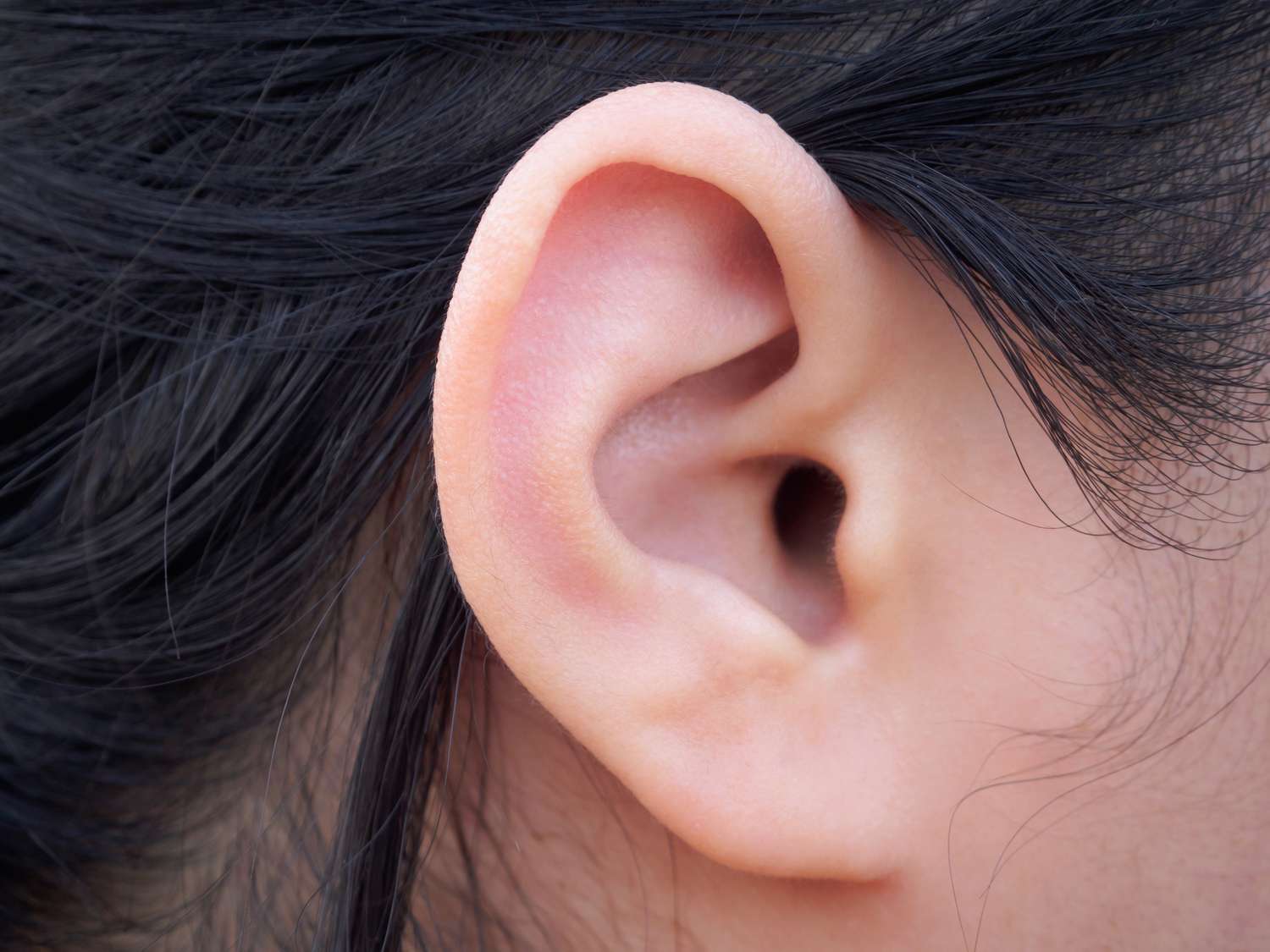
Watercolor resist is a popular technique used by artists to create stunning and unique paintings. By applying a special substance to the paper before painting, areas are protected from the watercolor paint, creating a distinct contrast and adding depth to the artwork. While many artists may be familiar with the basics of watercolor resist, there are some fascinating and surprising facts that you may not know. In this article, we will delve into 15 of these intriguing facts about paint with watercolor resist. From its ancient origins to its modern applications, we will explore the history, techniques, and benefits of this captivating art form. So, whether you are an avid watercolorist or just curious about the art world, get ready to discover some surprising insights into the world of paint with watercolor resist.
Key Takeaways:
- Watercolor resist is a fun and versatile technique that artists use to create cool effects by repelling paint with materials like wax and oil. It’s great for adding texture and depth to paintings!
- Artists of all skill levels can have a blast experimenting with watercolor resist. It allows for precise control, works with different paints, and opens up a world of creativity and expression. So grab your brushes and let your imagination run wild!
Watercolor resist is a versatile technique.
With this technique, artists can create beautiful and unique effects by using materials that resist the watercolor paint.
The resist material can be wax, oil, or masking fluid.
These materials are applied to the paper before painting, creating areas that repel the paint and reveal the white surface beneath.
It is a great way to add texture and depth to watercolor paintings.
The resist material creates interesting patterns and textures, making the artwork more visually appealing.
Watercolor resist can be used with various tools.
Artists can experiment with brushes, sponges, or even unconventional objects to apply the resist material and create unique effects.
It allows for precise control in painting.
The resist material prevents the paint from spreading into specific areas, allowing artists to create sharp edges and defined shapes.
The resist material can be removed after painting.
Once the paint has dried, artists can gently remove the resist material, revealing the final artwork with contrasting areas of paint and exposed paper.
This technique works well with different watercolor paints.
Whether you prefer transparent or opaque watercolors, the resist technique can be adapted to suit your desired style and effects.
It is suitable for artists of all skill levels.
From beginners to experienced artists, anyone can explore the possibilities of watercolor resist and create stunning paintings.
Watercolor resist can be combined with other techniques.
Artists can incorporate additional techniques like wet-on-wet, dry brushing, or glazing to enhance the overall visual impact of their artwork.
It allows for experimentation and creativity.
Artists can freely explore different resist materials, application methods, and color combinations to create truly unique and personalized artworks.
Watercolor resist can be used to create various subjects.
From landscapes and still life to portraits and abstract art, the resist technique can be applied to any subject matter, providing endless possibilities.
It can be used to achieve subtle or dramatic effects.
Depending on the resist material and painting techniques used, artists can create delicate, fine lines or bold, striking contrasts in their artwork.
Artists can mix different resist materials in one painting.
By combining wax, oil, and masking fluid, artists can achieve a variety of textures and effects within a single artwork.
Watercolor resist can be used on different types of paper.
Artists can experiment with various paper surfaces to explore how the resist technique interacts with the paper fibers and affects the final result.
It opens up a world of possibilities for creativity and expression.
The watercolor resist technique allows artists to push their boundaries, experiment with new ideas, and create truly unique and captivating artworks.
In conclusion, watercolor resist is a versatile and exciting technique that artists can use to create stunning and visually engaging paintings. By applying resist materials and experimenting with different painting techniques, artists can achieve a wide range of effects and explore their creativity. Whether you are a beginner or an experienced artist, incorporating the watercolor resist technique into your artwork can add texture, depth, and a touch of surprise. So, grab your brushes, gather your materials, and let your imagination run wild as you dive into the world of paint with watercolor resist.
Conclusion
In conclusion, exploring the world of paint with watercolor resist can be a fascinating and creative journey. By understanding the various techniques and materials involved, you can unlock a whole new level of artistic expression. From experimenting with different resist mediums to discovering unique effects, there are endless possibilities to explore with this versatile medium. So, grab your watercolors, brushes, and resist materials, and let your imagination flow as you create beautiful and vibrant works of art. Embrace the surprises and enjoy the journey as you delve into the captivating world of paint with watercolor resist.
FAQs
1. What is watercolor resist?
Watercolor resist is a technique used in painting where specific areas are treated with a resist medium to resist the application of watercolor pigment. The resist medium creates a barrier that prevents the pigment from adhering to the surface, resulting in unique and interesting effects.
2. What are some common resist materials used in watercolor painting?
Some common resist materials used in watercolor painting include masking fluid, wax, tape, salt, and rubber cement. Each of these materials creates different effects and textures when combined with watercolor pigments.
3. How do you apply watercolor resist?
To apply watercolor resist, you typically start with a dry surface. Using a resist medium, such as masking fluid or wax, you apply it to the areas you want to protect. Once the resist has dried, you can apply watercolor washes or pigments over the surface. Once the paint is dry, you can remove the resist material, revealing the protected areas.
4. Can watercolor resist be used on different surfaces?
Yes, watercolor resist can be used on a variety of surfaces, including paper, canvas, and even fabric. However, it’s important to consider the absorbency and texture of the surface as it can affect the outcome of the resist technique.
5. Are there any tips for using watercolor resist effectively?
Some tips for using watercolor resist effectively include experimenting with different resist materials to achieve various effects, ensuring the resist is fully dry before applying watercolor paints, and using a light touch when applying the resist to avoid damaging the paper surface. Additionally, practice and exploration are key to mastering this technique.
Watercolor resist is a fascinating technique that opens up a world of creative possibilities. Whether you're a beginner or an experienced artist, this versatile medium allows you to produce stunning masterpieces with unique textures and depth. To take your artistic journey further, explore the best calligraphy pens available, which can enhance your watercolor resist creations. Additionally, delve into the captivating world of mixed media art, where you can combine various techniques and materials to create truly one-of-a-kind artworks.
Was this page helpful?
Our commitment to delivering trustworthy and engaging content is at the heart of what we do. Each fact on our site is contributed by real users like you, bringing a wealth of diverse insights and information. To ensure the highest standards of accuracy and reliability, our dedicated editors meticulously review each submission. This process guarantees that the facts we share are not only fascinating but also credible. Trust in our commitment to quality and authenticity as you explore and learn with us.


